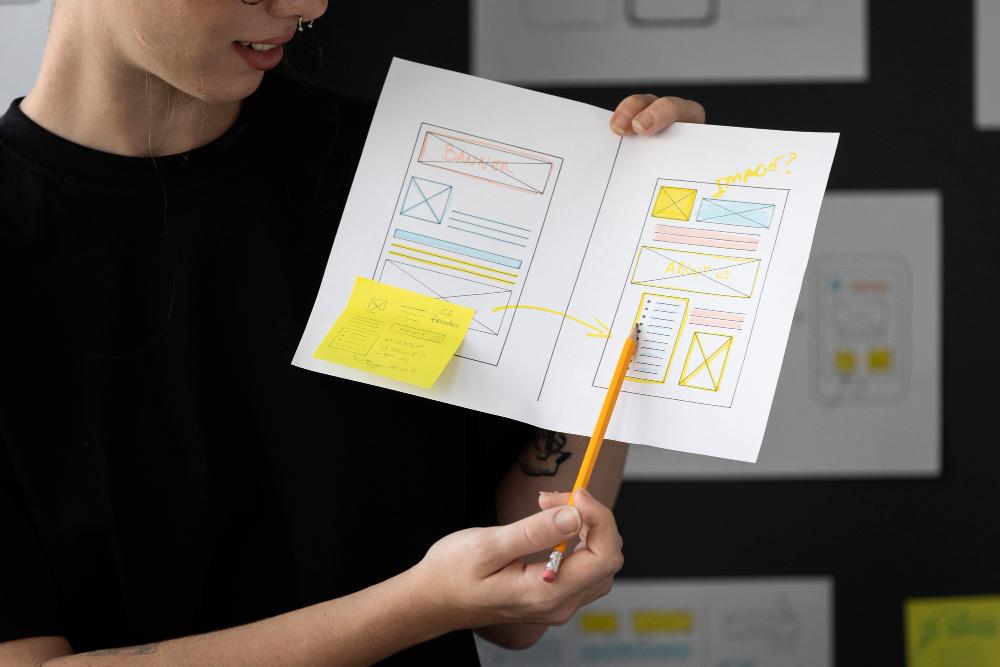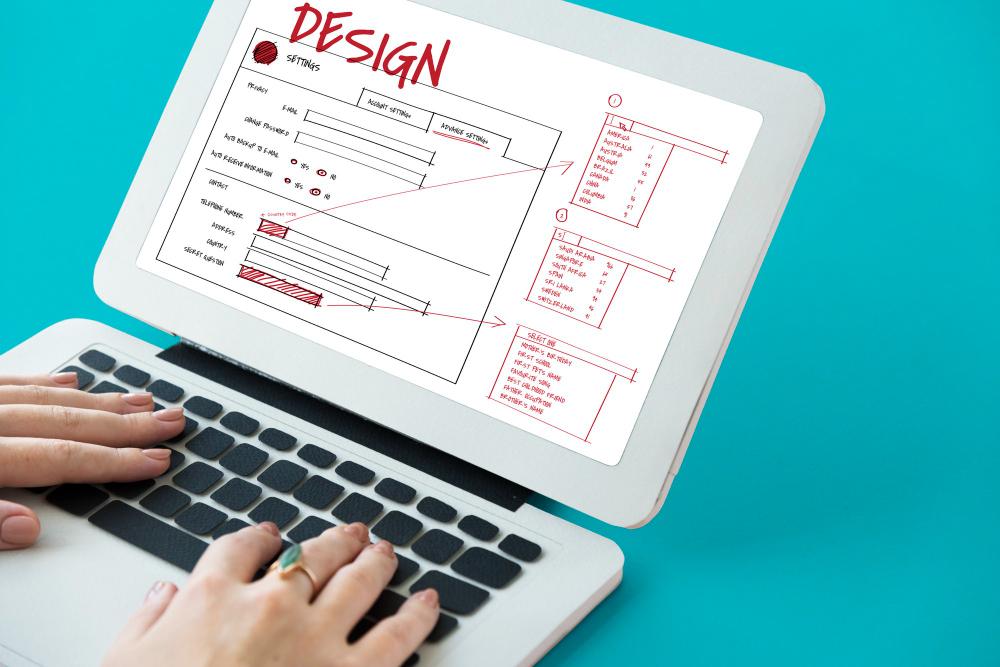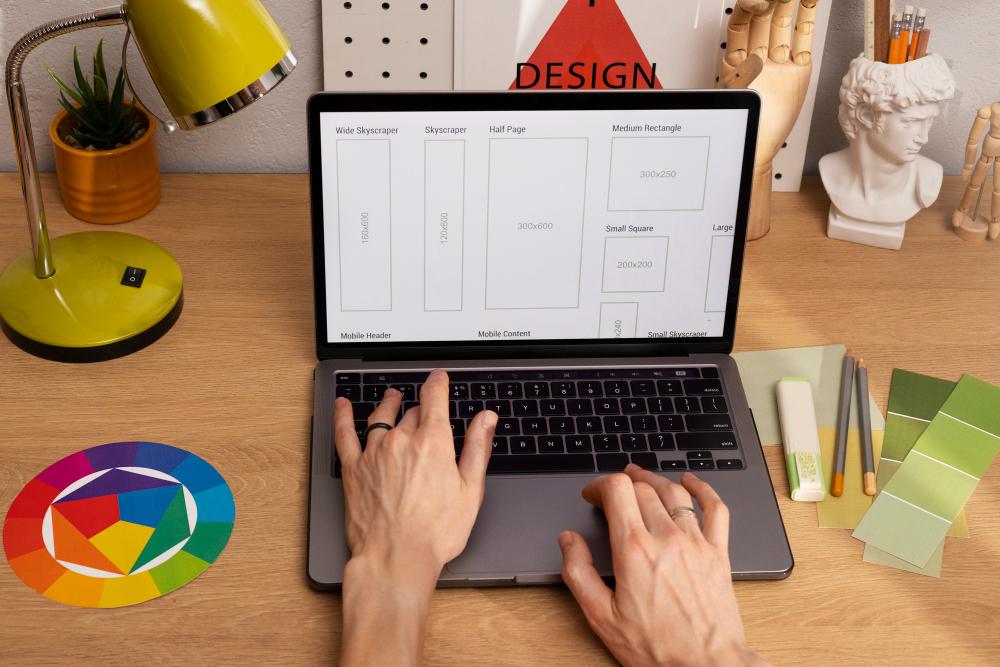The beautiful interface is like an inviting storefront, but the real magic is how the person inside feels: how quickly they find what they need, how easily they pay, and how rarely they abandon their cart. This is UX/UI – a combination of structure, logic, and vision that turns a casual visitor into a loyal customer. In this article, we gather the most important points: what the service includes, when it's time to hire a designer, how the process works, which mistakes to avoid, and how to choose the right specialist..

What does the UX/UI service include
UX/UI is not "just screens." It typically encompasses: discovery phase (interviews, goal and audience analysis), UX audit/analysis of the current website/app, user flows, wireframes (low/mid fidelity), interactive prototype, visual design (UI), design system (components, typography, colors, states), user testing, and handoff to development with clear specifications..
When is it time to look for a UX/UI designer
• You are launching a new product/feature and want to base it on a validated scenario, not on guesses.
• You have traffic, but low conversion (forms, checkout, application).
• Users are confused: many tickets to support, frequent abandonment of processes .
• The product has grown "in layers" and you need a design system for consistency.
• Are you planning a rebranding or accessibility (design for people with different abilities).
How the process works – briefly and without complicated words
1. We understand the task and the people. What are the key tasks of the user? Where do they get stuck? Why do they leave?
It is also useful to read here: Why do the services at Ofertirai.me start with a question instead of a fixed offer?
2. We outline the logic. User journey maps, screens and states, "if/then" scenarios.
3. We create quick wireframes and prototypes – clickable scenarios for early feedback.
4. We dress it in vision (UI) and build a design system to ensure sustainability in the future.
5. Testing and corrections. A little time spent here saves a lot of time later.
6. Handoff to development. Specifications, assets, states, responsive behavior.

What results to expect
• Clear flows for key tasks (registration, search, request, payment).
• Wireframes and interactive prototype for validation with real people.
• UI kit and design system for consistency and faster team collaboration.
• Documented rules: button states, form errors, empty states, accessibility (contrast, sizes, keyboard navigation) .
• Success metrics: conversion, task completion speed, reduced tickets.
Common mistakes and how to avoid them
• We jump straight to "beautiful screens." Without validated logic, beauty often hides problems..
• We copy the competitor "to be faster." A foreign model rarely fits 1:1 with your audience.
• There are no tests. Even 5–7 users with a simple prototype provide golden insights..
• Design and development work separately. Involve a developer early – it saves compromises and "surprises.".
• Excessive complexity. Remove any step/field without clear benefit.
On the topic of "myths and reality," see also: Myths about specialists: it's time to get informed, not to guess — brief and practical.

How long does it take and what does the budget depend on
The scope is key: number of screen/page types, states (empty, error, loading), required variants (mobile/desktop), integrations, brand guidelines, accessibility requirements, and revisions. A small web project can go through an accelerated process in weeks; a product with many scenarios and roles requires a phased approach. For a clear forecast: describe the goals, show data (analytics/records), include sample tasks..
How to choose the right UX/UI specialist
• Portfolio with case studies, not just photos. Look for "problem → approach → result" and metrics (conversion, time to task, reduced tickets).
• Process and communication. To explain simply, to listen, and to ask precise questions.
• Collaborative work with development and product. Signal for realistic solutions.
• References and reviews. Check completed projects in a similar niche/model.
• Contract and scope. Clear stages, revisions, file rights, and deadlines.
Conclusion
UX/UI design is an investment that reduces friction, increases trust, and directly impacts revenue. If you want your product to be enjoyable and effortless to use, start with the right questions, validate the logic early, and work with proven professionals..